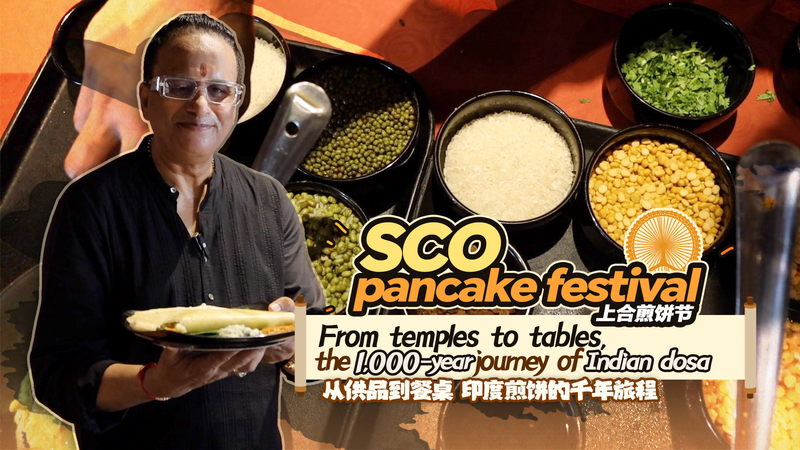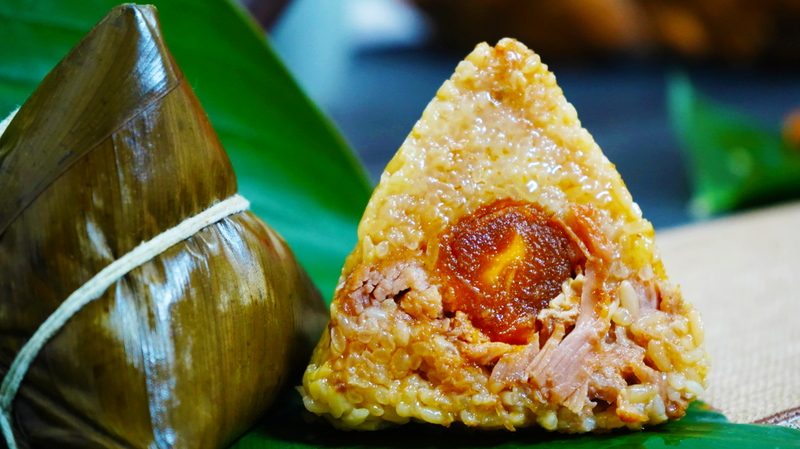In the bustling kitchens of South India, a culinary legacy sizzles on hot griddles – the humble dosa. This fermented crepe, now a global breakfast staple, carries a history as rich as its crispy texture, tracing back over a millennium to temple rituals.
Sacred Origins, Modern Adaptations
Originally known as 'dosha' in ancient temple inscriptions, the dish began as ritual offerings before becoming daily sustenance. "The temple kitchens were laboratories of taste," explains Raja Gopal Iyer, CEO and culinary historian. "Monks perfected the art of fermenting rice and lentils – a process that transformed simple ingredients into something divine."
A Living Tradition
Iyer's childhood memories of learning dosa-making from his grandmother mirror its cultural significance: "The rhythmic pouring of batter, the precise flip – it's edible mathematics passed through generations." Today, over 50 regional variations exist, from paper-thin 'paper dosa' to sweet 'rava dosa', each telling stories of local ingredients and trade routes.
Globalization of Comfort Food
UNESCO's 2022 recognition of South Indian temple food traditions has amplified international interest. Michelin-starred chefs now reinterpret dosa with quinoa batter, while Silicon Valley tech workers queue for traditional versions. Yet in Chennai homes, the morning ritual remains unchanged – batter freshly ground, griddle meticulously seasoned.
As Iyer demonstrates his family's technique, he reflects: "Every bubble forming on the dosa's surface is a whisper from our ancestors – a reminder that nourishment and culture rise together."
Reference(s):
From temples to tables, the 1,000-year journey of Indian dosa
cgtn.com








